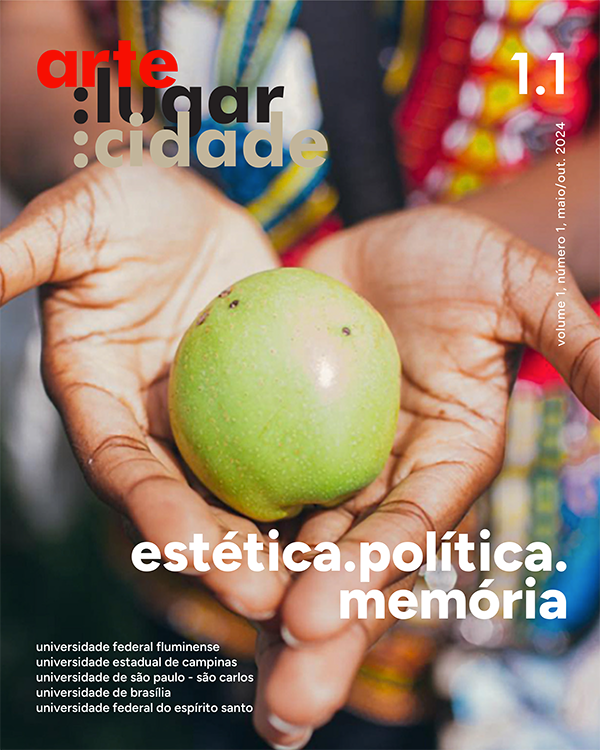Swale
DOI:
https://doi.org/10.22409/arte.lugar.cidade.v1i1.62033Resumen
Swale was a floating edible landscape built atop a 5,000 square-foot barge that traveled to public piers in New York City welcoming visitors to harvest perennial fruits and vegetables free of charge. Swale docked at public piers in Brooklyn, Governors Island, and the Bronx in spaces adjacent to the city’s public land. Public land in the city equates to 30,000 acres, as compared with the 100 acres of community garden space where, if you have a plot, picking food is allowed. Swale re-valued public land by using the ‘common law’ of the water as a loophole to do what had been illegal on public land: legally, picking plants was considered destruction of property. Swale followed the insights of social scientist Elinor Ostrom and traditional ecological knowledge that claim that in a vibrant commons, people had a vital role to play not only as beneficiaries, but also as co-creators, protectors, and decision makers.
Swale was also experiential: people walked onto a barge adjacent to a city park to find that it looked, smelled, and tasted like land but felt different. As they grew accustomed to the moving vessel and their forested surroundings, their perspective shifted and soon it could feel like the city was moving back and forth, as the structure they were on began to feel stable. People suddenly cared about everything: where the soil came from, where the water came from that watered the plants, and how this translated to the food they were eating at home. An edible forest built on an industrial barge questions land use in the city, food systems, infrastructure, public health priorities, and whether the establishment of a commons is still possible. It can also model alternatives, request involvement, and put trust in city dwellers as agents who care for shared resources. As a direct result of Swale and the support of community groups, in 2017 the New York City Parks Department opened their first land-based pilot – a public “foodway” at Concrete Plant Park in the Bronx.
##submission.downloads##
Publicado
Cómo citar
Número
Sección
Licencia
Derechos de autor 2024 Mary Mattingly

Esta obra está bajo una licencia internacional Creative Commons Atribución-NoComercial-SinDerivadas 4.0.


